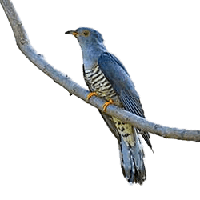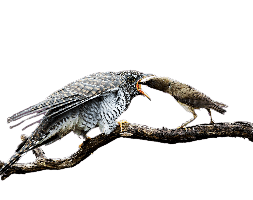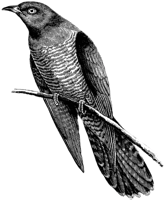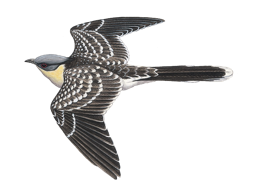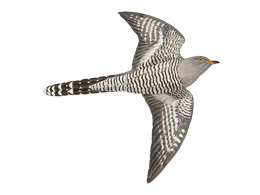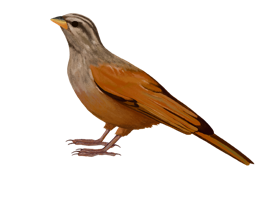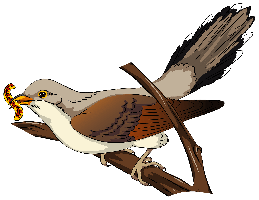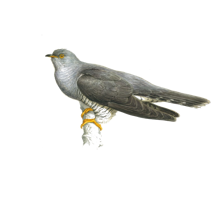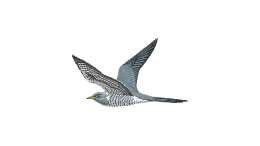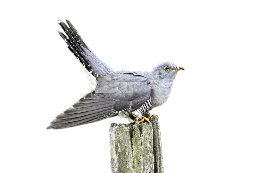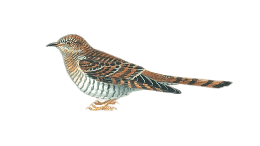In this cuckoo page you can download free cuckoo PNG images: cuckoo PNG images free download
In this gallery of cuckoo, we have 18 free PNG images with transparent background.
Cuckoos are birds in the Cuculidae family, the sole taxon in the order Cuculiformes. The cuckoo family includes various species such as the common or European cuckoo, roadrunners, koels, malkohas, couas, coucals, and anis. Sometimes, the coucals and anis are separated as distinct families, known as the Centropodidae and Crotophagidae respectively. The cuckoo order Cuculiformes is part of the Otidimorphae, along with turacos and bustards. The Cuculidae family consists of 150 species divided into 33 genera. Cuckoos are generally medium-sized slender birds, with most species living in trees, though some are ground-dwelling. They have a cosmopolitan distribution, with the majority of species found in tropical regions. Some cuckoos are migratory. Their diet includes insects, insect larvae, other animals, and fruit. While some species are brood parasites, the majority raise their own young. Cuckoos have been a part of human culture for thousands of years, appearing in Greek mythology as sacred to the goddess Hera. In Europe, the cuckoo is associated with spring and cuckoldry, while in India, they are sacred to Kamadeva, the god of desire, and in Japan, they symbolize unrequited love.
Cuckoos vary in size from the little bronze cuckoo, at 17 g and 15 cm (6 in), to larger birds such as the giant coua of Madagascar, coral-billed ground-cuckoo of Indochina, and channel-billed cuckoo. The channel-billed cuckoo is the largest parasitic cuckoo, weighing 630 g (1 lb 6 oz) and measuring 63 cm (25 in) in length. Sexual dimorphism in size is uncommon, but where present, either the male or female may be larger.
The distinguishing feature of cuckoos is their zygodactyl feet, with two inner toes pointing forward and two outer toes pointing backward. There are arboreal species, like the common cuckoo, which are slender with short tarsi, and terrestrial species, like roadrunners, which are more heavy-set with long tarsi. Most species have long tails used for steering or rudders during flight. Wing shape varies with lifestyle, with migratory species possessing long narrow wings for strong direct flight, and sedentary species having shorter rounded wings for labored gliding flight.
The family Cuculidae is divided into subfamilies. The Cuculinae are brood-parasitic cuckoos of the Old World, conforming to the classic cuckoo shape. The Phaenicophaeinae are non-parasitic cuckoos of the Old World, with more terrestrial habits and brighter plumage. The Coccyzinae are arboreal cuckoos with long tails, and the New World ground cuckoos are similar to Asian ground-cuckoos but with long legs and terrestrial habits. The final subfamily is the atypical anis, characterized by massive bills and smooth glossy feathers.
Cuckoos exhibit considerable variation in plumage, with some species having cryptic plumage and others having bright and elaborate plumage. Sexual dimorphism in plumage is uncommon, except in parasitic Old World species. Cuckoos typically have 10 primary flight feathers and 9–13 secondary flight feathers, with 10 tail feathers except for anis, which have 8.
